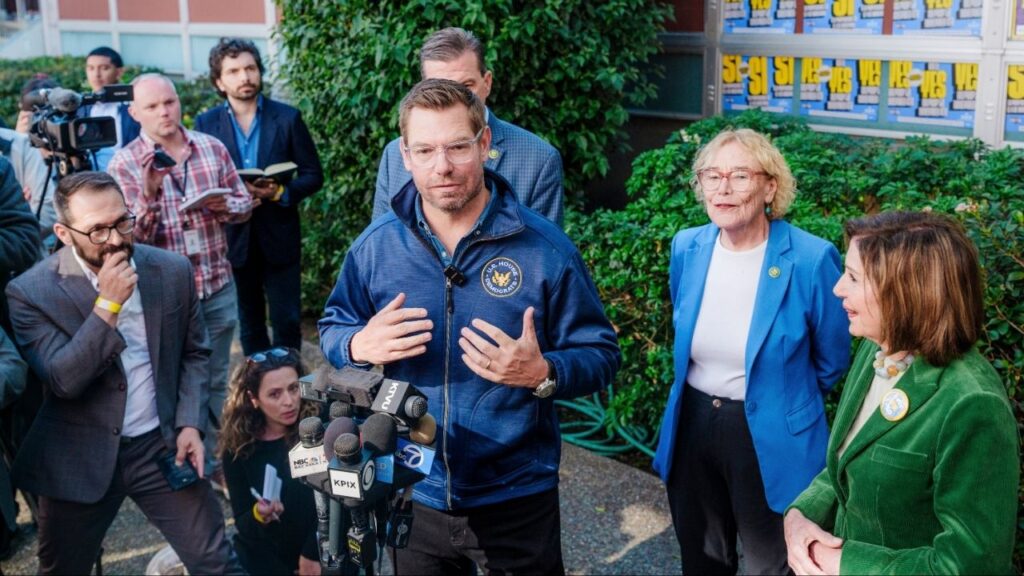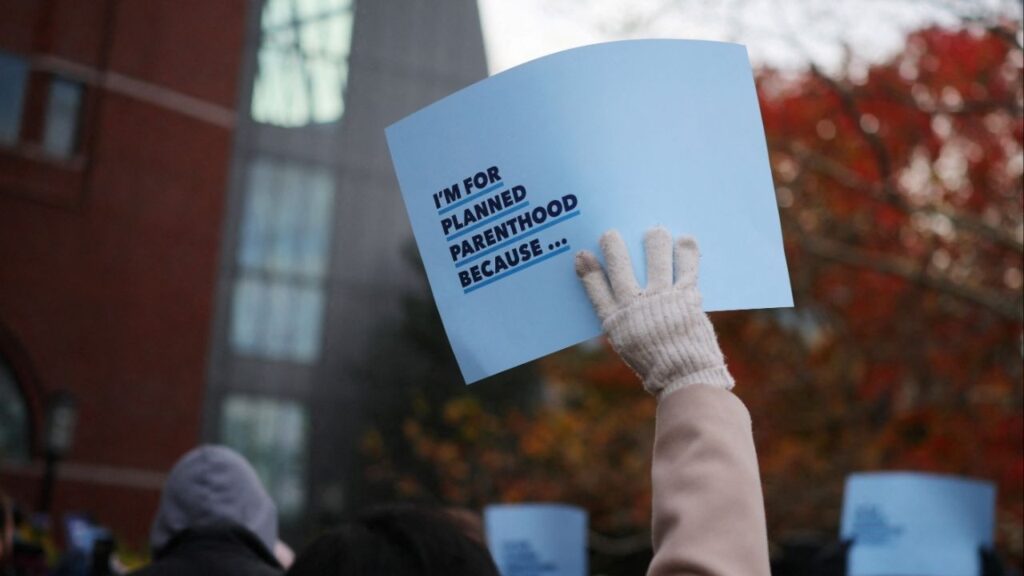Share
California is at a water crossroads.
We can continue our costly, 100-year-old pattern of trying to find new water supplies, or we can choose instead to focus on smarter ways of using – and reusing – what we already have.

Heather Cooley
Special to CalMatters
Opinion
Saving and Reusing Water Are Vital
The cheapest water is the water we save.
Californians have made real strides to conserve over the past several decades. San Francisco and Los Angeles use the same amount (or less) water today as they did 30 years ago, despite substantial growth.
And farmers have dramatically increased economic output over the last 30 years while using the same amount of water – effectively producing more food and income for every drop of water.
But far more can be done.
Research from the Pacific Institute found that appliance and fixture upgrades, leak repair and landscape changes could reduce urban water use by up to 5 million acre-feet annually – enough water to supply more than 13 million families for a year.
On farms, precision irrigation and other water-wise practices could reduce water use by 6 million to 7 million acre-feet annually while maintaining food production and farmer income. This untapped potential for water efficiency should always be our first step towards water security.
Innovation Is Often Untapped
There are also new, innovative sources of local supply.
Urban runoff is another viable local option. Our cities were designed to remove rainwater to reduce flood risk, literally flushing freshwater down storm drains. Rain gardens, green streets, and parks can help us catch and store more rain.
While gray infrastructure like pipes and pumps will continue to play an important role in our water system, green infrastructure can turn urban spaces into a sponge that allows water to sink into the ground to replenish underground aquifers for later use.
Water efficiency, reuse and rainwater capture not only save money compared with costly sources like seawater desalination, they also save energy and reduce greenhouse gas emissions, which will be key for avoiding unmanageable climate impacts.
Many Benefits of Water Conservation
Water conservation during California’s last drought saved enough electricity to power the cities of Berkeley, Burbank and Santa Cruz for a year. Less energy use means less power plant pollution, helping California achieve our clean air and climate goals.
California has a chance to model what a truly resilient water system looks like, combining nature and technology to make the most of every drop and dollar. Just as we are doing in the energy sector, we should be focusing on no-regrets water projects that make economic and environmental sense.
As state leaders work to meet Gov. Gavin Newsom’s call for a 21st Century California water plan, I urge them to focus on sources that are both cost-effective and climate-smart.
About the Author
Heather Cooley serves as director of research at the Pacific Institute, hcooley@pacinst.org. She wrote this commentary for CalMatters, a public interest journalism venture committed to explaining how California’s Capitol works and why it matters.



















